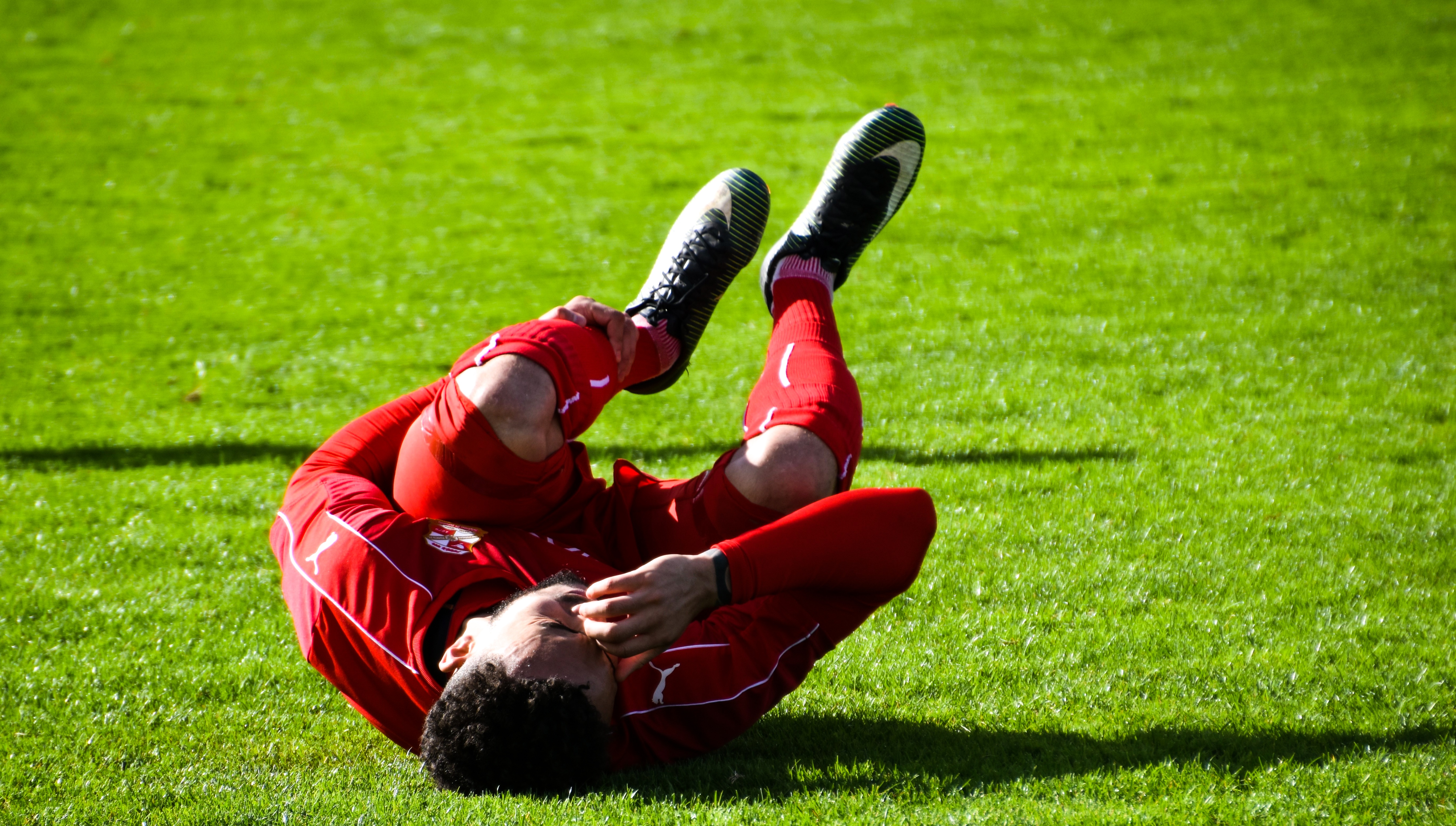Bursitis
What is bursitis?
Bursitis is simply the inflammation of bursa which is a lubricating fluid filled sac located between bones, muscles, tendons and skin. Bursa is important for reducing the friction between these two tissues. Bursitis occurs due to continuous repetitive movements or due to sudden trauma to the bursa. So it is more commonly seen in people involved in sports such as playing dart, golfing, tennis and in people doing certain jobs which involve repetitive work such as gardening, carpentry, painting, scrubbing etc. Rarely bursitis may result from diseases such as gout, rheumatoid arthritis, thyroid diseases or infection.
What are the symptoms of bursitis?
Pain, swelling and tenderness of the affected area are the main symptoms of bursitis. The pain may be gradually increasing or if there are calcium deposits, it may be sudden. The most common areas where bursitis can occur include the shoulder, knee, elbow, hip and ankle. Bursitis in the shoulder may give rise to frozen shoulder with severe loss of motion and pain. Bursitis in the knee is also known as the housemaid’s knee while bursitis of the elbow or olecranon bursitis is known as the student’s elbow.
How is bursitis treated?
In most cases, bursitis doesn’t need special treatment. All you need to do is rest the affected area, keep an ice pack to reduce inflammation and taking simple pain killers such as paracetamol or ibuprofen to ease with the pain. Although pain usually improves within a few weeks, the swelling might take longer to resolve.
If there is no improvement, it is important that you see the doctor. The doctor may aspirate the excess fluid and drain them out using a needle. This can improve the movements of the joint. It is advisable to avoid strenuous activities for a few days after the procedure.
If the symptoms don’t improve, the doctor may inject corticosteroids into the area to reduce the inflammation. However, it is only indicated in some people and the doctor will decide whether you need one based on your condition. If there is associated infection, the doctor may also prescribe antibiotics. They need to be taken in the correct doses for the specified time.
If your symptoms are resistant to treatment, you may be referred to a specialist such as an orthopaedic surgeon. Procedures such as surgery to remove bursa in some cases need specialist treatment.
How do I prevent getting bursitis?
You need to wear protective pads when kneeling, warming up before exercises, taking regular breaks from activities and wearing fitting shoes can prevent you from getting bursitis.



